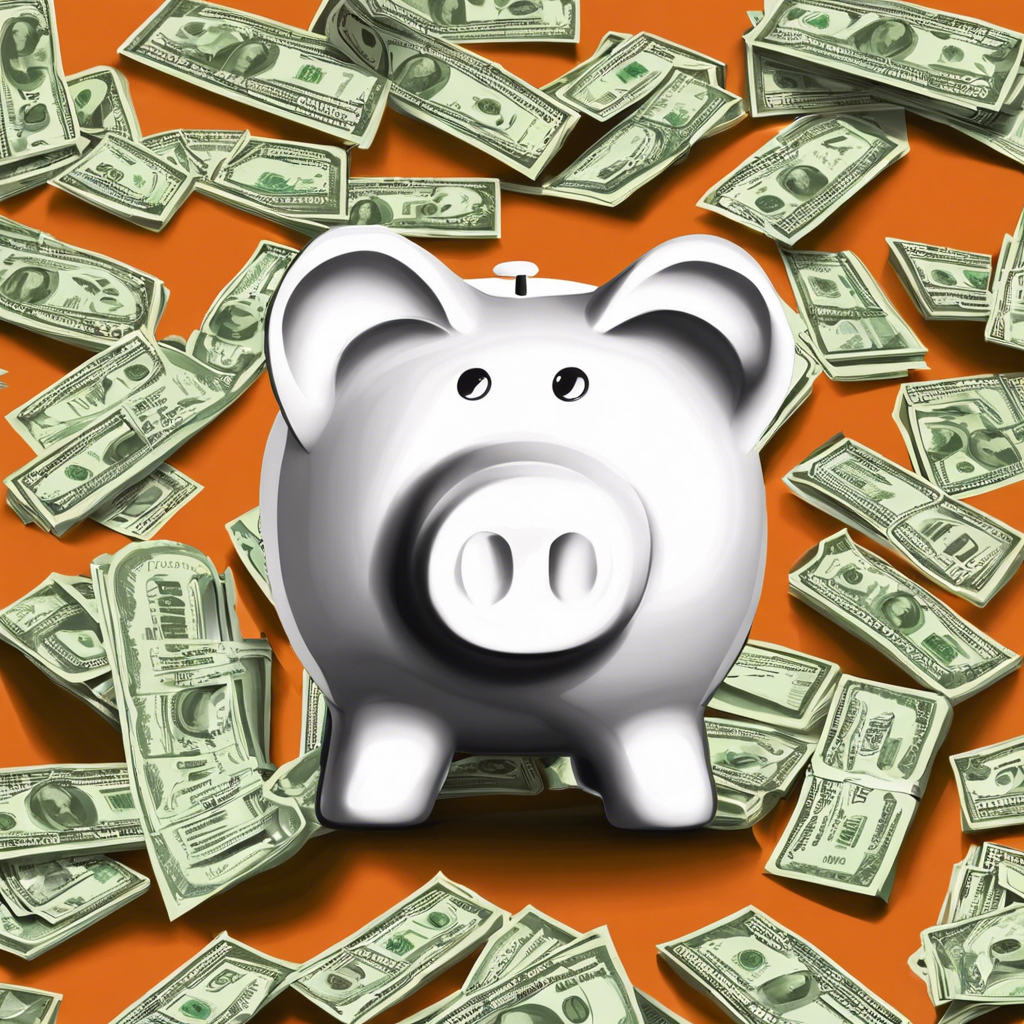An emergency fund is a crucial financial safety net that everyone should strive to have. Life is full of unexpected expenses, from car repairs to medical bills, and having a dedicated fund to cover these costs can provide peace of mind and financial stability.
So, why is an emergency fund so important? Firstly, it helps you avoid debt. Without a cushion to fall back on, unexpected expenses can often lead to reliance on credit cards or loans, which can snowball into long-term debt. This fund ensures you have cash readily available, reducing the need to borrow money and accumulate interest charges.
Secondly, it empowers you to make better financial decisions. When you have savings set aside, you’re less likely to make impulsive decisions or panic during market downturns. This fund gives you the flexibility to weather financial storms and make choices that align with your long-term goals, rather than being forced into short-sighted decisions.
Building an emergency fund doesn’t have to be overwhelming. Start by setting a realistic target. Most experts recommend saving three to six months’ worth of living expenses. This range can vary depending on your personal situation, job security, and comfort level. Break this goal into manageable milestones to stay motivated.
Consider opening a high-yield savings account specifically for your emergency fund. This will allow your money to grow faster through compound interest, and it also creates a barrier that makes it slightly less convenient to access the funds, reducing the temptation to dip into it for non-emergencies.
Automating your savings is a powerful way to build your fund effortlessly. Set up regular transfers from your paycheck or monthly income to your emergency fund account. By automating, you ensure that saving becomes a habit, and you won’t even have to think about it.
Another strategy is to allocate unexpected windfalls, such as bonuses, tax refunds, or monetary gifts, towards your emergency fund. This helps boost your savings more rapidly and reinforces the purpose of the fund, which is to provide financial security in unforeseen circumstances.
It’s important to note that the money in your emergency fund should be readily accessible. Avoid investing it in volatile assets that could decrease in value when you need it most. The goal is stability and preservation of capital, so you can confidently tackle life’s surprises head-on.
While building an emergency fund requires discipline and sacrifices, it’s an invaluable investment in your financial future. Start small, stay consistent, and you’ll soon reap the benefits of greater financial security and peace of mind. Remember, this fund is your personal safety net, empowering you to navigate life’s twists and turns with confidence and resilience.
